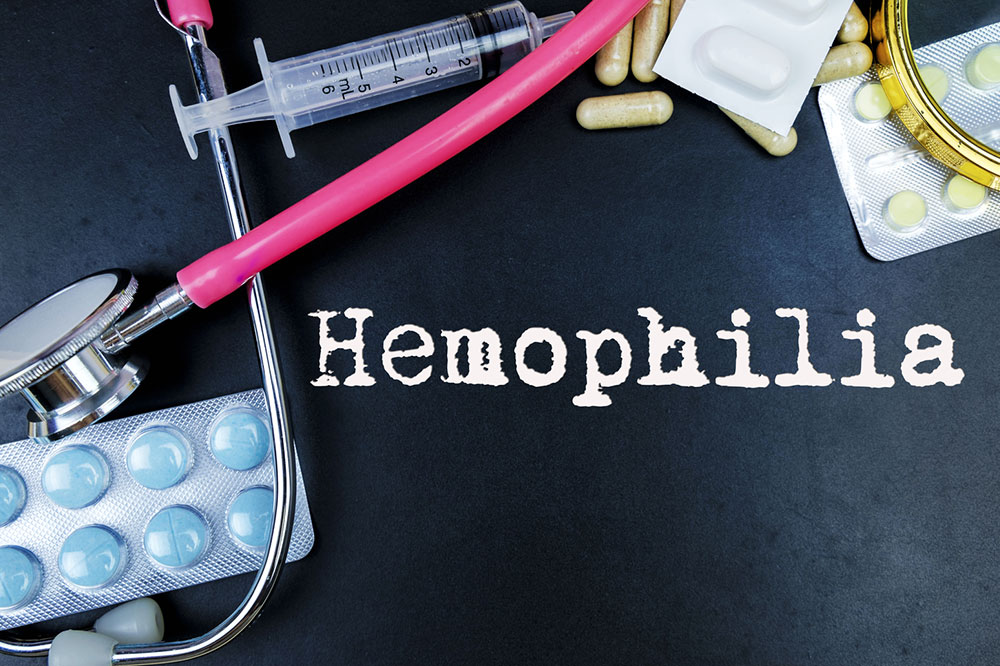
6 common treatment options for hemophilia
A rare disorder, hemophilia causes a deficiency of blood-clotting proteins in the body. Because of this, the blood may not clot normally. Those with hemophilia tend to bleed longer than normal in case of an injury. It is not curable, but its symptoms can be managed using various treatment methods.
Replacement therapy
Several types of clotting factors are associated with hemophilia. The main treatment for severe hemophilia involves replacement of the specific clotting factor that you need through a tube placed in a vein. This replacement therapy can be given to combat a bleeding episode that’s in progress. It can also be administered on a regular schedule at home to help prevent bleeding episodes. Some people receive continuous replacement therapy. The replacement clotting factor can be created from donated blood. Other products, such as recombinant clotting factors, are manufactured in a laboratory and aren’t made from human blood.
Immune tolerance induction
Some forms of immunotherapy are generally used to manage the complications of hemophilia brought in by certain inhibitors. You may need to be regularly tested for these inhibitors. Immune tolerance induction is used for treating these inhibitors in those with severe hemophilia, specifically hemophilia type A. This form of hemophilia treatment involves daily injections of clotting factors. This enables the immune system to identify the inhibitors and stop their production.
Surgery
Another common complication of hemophilia is joint bleeding. This causes damage to the joints by affecting the cartilages. The synovium or the thin layer of tissue that lines the insides of the joints is also affected. This makes the joints more vulnerable to bleeding. The more damaged a joint is, the more vulnerable it is to bleeding. This complication can be prevented by surgery. The damaged synovium is removed to allow new synovium to grow. Serious damage may require a joint replacement surgery.
Hormonal therapy
This form of treatment is used when you have mild hemophilia. A type of hormone known as desmopressin is injected in the body. The hormone stimulates the body to produce more clotting factors. This helps in mildly reversing the symptoms of hemophilia. Desmopressin is sometimes administered in the form of nasal spray as well.
Clot-preserving medications
Another common form of hemophilia treatment is the use of clot-preserving medications. These are prescription medications taken under strict medical supervision. Since hemophilia prevents blood from clotting, the breaking down of clots is quite common during an injury. Clot-preserving medications work to prevent the breakdown of clots. These are applied to the wound site to trigger healing and clotting. One of the common types of clot-preserving medications is fibrin sealants.
Physical therapy
Internal bleeding is quite common for those with hemophilia. This can lead to extensive joint damage. For mild forms of joint damage, physical therapy can be useful to manage the pain and discomfort. This form of therapy is usually complementary to primary forms of hemophilia treatments. Physical therapy is generally effective only in cases of mild hemophilia. However, if internal bleeding has led to severe joint damage, then surgery may be a more accurate option.


